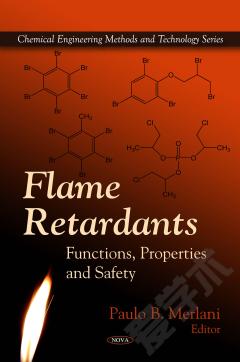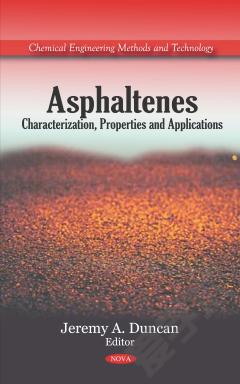Flame Retardants: Functions, Properties and Safety
Flame retardants comprise a diverse group of chemicals which are widely used at relatively high concentrations in many applications, including the manufacture of electronic equipment, textiles, plastic polymers and in the car industry, primarily to protect materials against ignition and to prevent fire-related damage. More than 175 different types of flame retardants exist, which are commonly divided into four major groups: halogenated organic (usually brominated or chlorinated), inorganic, organophosphorus and nitrogen-containing flame retardants. Depending on the mode of action, flame retardants can act at any of the steps involved in the combustion process. Flame retardants are designed to prevent the spread of fire and have thereby helped to save many lives while also dramatically reducing the economic impact of fires. However, flame retardants, particularly the class known as polybrominated diphenyl ethers (PBDE's), may be contributing to the rising prevalence of developmental disabilities due to their widespread use and physiologically active properties including direct neurotoxicity and endocrine disruption. This new and important book gathers the latest research from around the globe in the study of flame retardants and their functions, properties and safety.
{{comment.content}}








 京公网安备 11010802027623号
京公网安备 11010802027623号